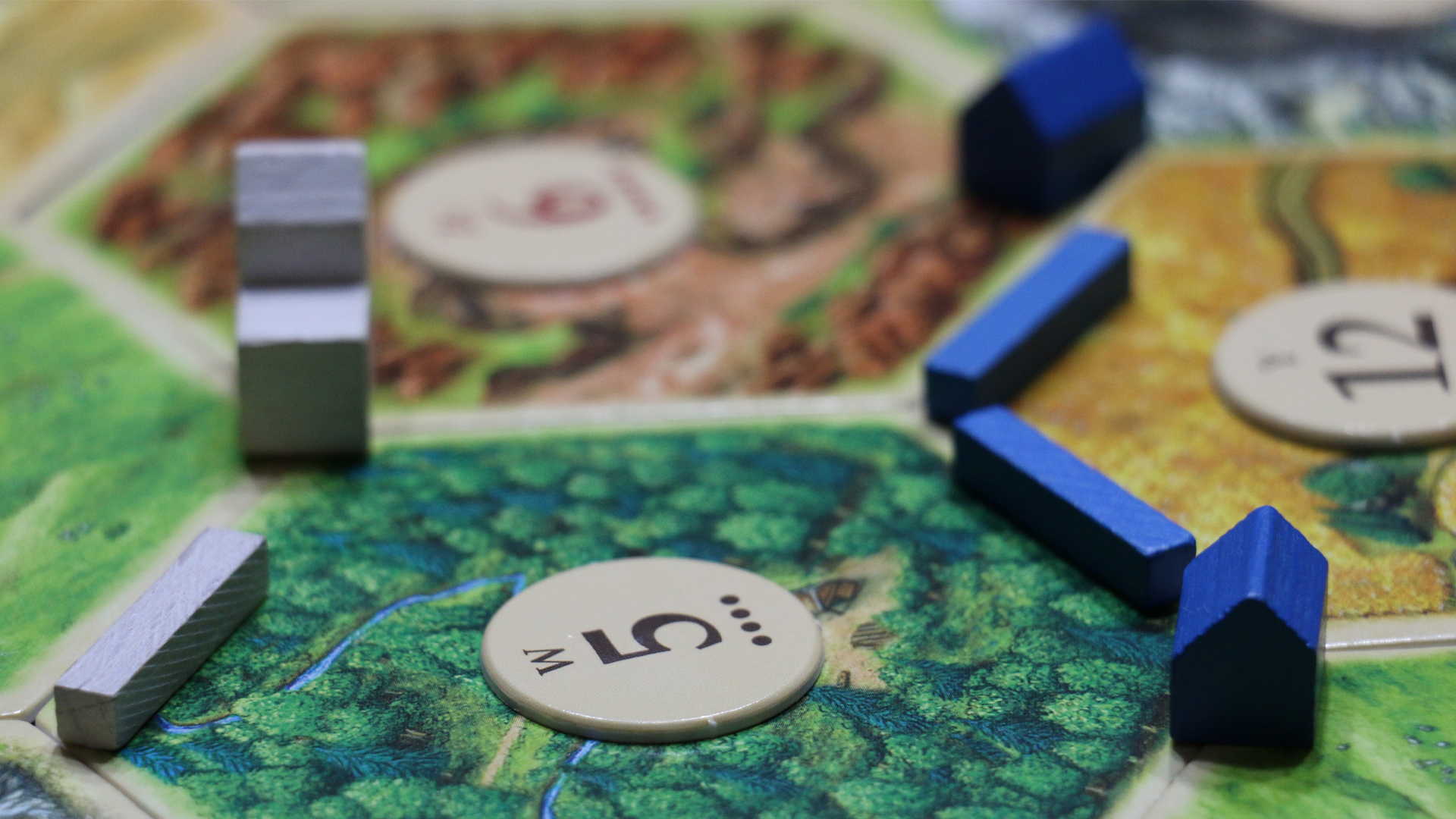

Hand eye coordination: The ability to process information received from the eyes to control, guide and direct the hands in the performance of a given task such as handwriting or catching a ball.Crossing Mid-line: The ability to cross the imaginary line running from the child’s nose to pelvis that divides the body into left and right sides, which also influences hand dominance.holding a tennis racquet with the non-dominant hand with the ‘helping’ non-dominant hand holding and stabilising only between hits. Bilateral integration: Using two hands together with one hand leading: e.g.Body Awareness: Knowing body parts and understanding the body’s movement in space in relation to other limbs and objects for negotiating the environment or ball and bike skills.Attention and concentration: The ability to maintain attention to a specific task for an extended period of time as the core strength is not challenged.What are the building blocks necessary to develop balance and coordination? The physical attributes of balance and coordination also allow appropriate posture for table top tasks and subsequent success at fine motor tasks. putting hands out to protect themselves when they fall of their bike). With good balance and coordination there is less likelihood of injury as the child is likely to have appropriate postural responses when needed (e.g. It also helps children develop and maintain appropriate controlled body movement during task performance which, when effective, limits the energy required thus minimising fatigue. The involvement in sport is helpful in maintaining self regulation for daily tasks as well as developing a social network and achieving a sense of belonging in a community or social setting. walking a balance beam or playing football).

Why are balance and coordination important?Īge appropriate balance and coordination allows the child to be involved in the sports participation with a reasonable degree of success as it aids fluid body movement for physical skill performance (e.g.

Dynamic balance is the ability to remain balanced while engaged in movement (e.g. Static balance is the ability to hold a stationary position with control (e.g. To function effectively across environments and tasks, we need the ability to maintain controlled positions during both static (still) and dynamic (moving) activities. Balance is the ability to maintain a controlled body position during task performance, whether it is sitting at a table, walking the balance beam or stepping up onto a kerb.


 0 kommentar(er)
0 kommentar(er)
